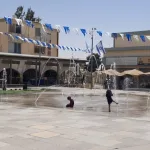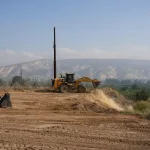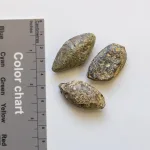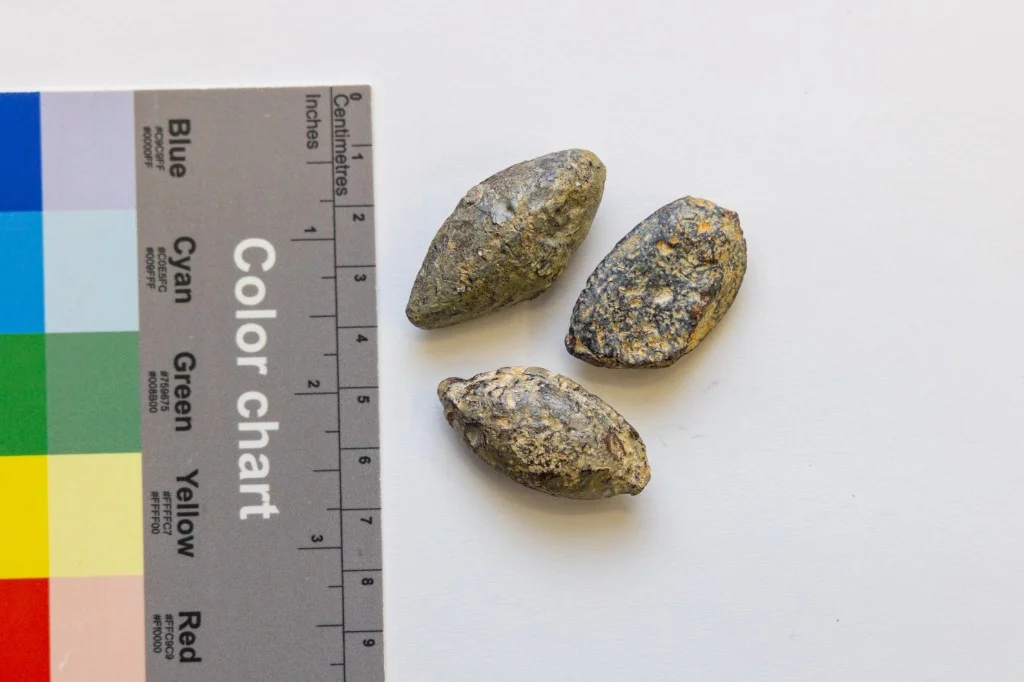Through detailed seismic mapping and structural restoration of the structures in time and space, the researchers demonstrated that Dor is a rollover anticline in an extensional regime, leaning on a major listric fault, while Palmahim is a rapidly gliding corridor bounded by two strike-slip faults that developed much later due to the underlying pre-salt topography.
The study demonstrates the relationship between the pre-salt seafloor topography into which the salt was deposited and the type of structure that developed above it. The study also distinguishes between two roles of salt: as an active carrier (coupled motion) and as a passive detachment surface (decoupled motion).
The research findings contribute to understanding the development of distinctive structures in salt tectonics and the factors controlling them.
Read the full paper here: GSA Bulletin





























